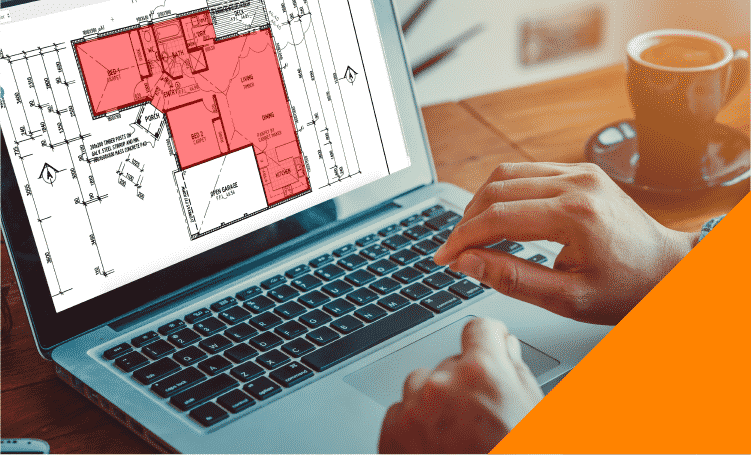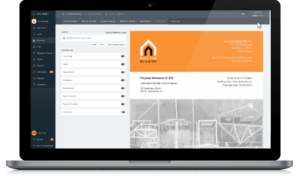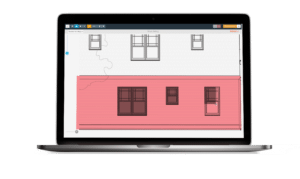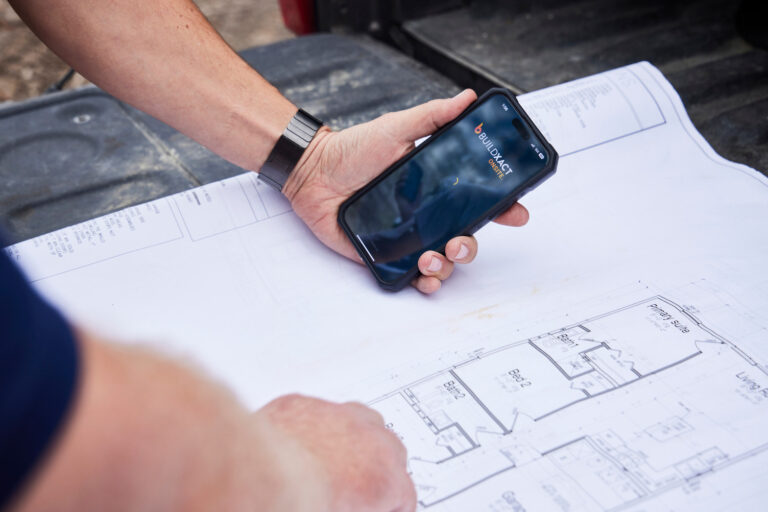Why do conceptual estimating?
Before beginning a new construction project, it’s important to develop a clear sense of the time, material and financial demands to complete the project.
A realistic estimate is the most crucial factor in ensuring the long-term profitability of a construction project, helping to avoid project cancellations. By creating a detailed estimate ahead of time, it is possible to predict a project’s economic feasibility, prepare necessary construction materials and plan for a smooth, cost-effective build, saving time and money throughout the project.
Comprehensive conceptual estimating processes are the key to effective business in the construction industry. They help builders and their clients stay on track and on the same page.
So what really is conceptual estimating, and how do you create clear, accurate conceptual cost estimates at the conceptual stage of a building project?
What is conceptual estimating?
Conceptual estimating takes place during the early stages of a building project. These preliminary estimates are the first step in ensuring that the build aligns with budget expectations and resource availability.
Using conceptual estimating, you can use current and historical data to anticipate cost demands before beginning work on a project. This means you can plan to accommodate potential cost overruns that could occur throughout the build.
A conceptual estimate isn’t exact. It relies on preliminary sketches and project specifications along with information from past work to deliver an approximate cost forecast. This offers a guideline by which future costs are anticipated and planned for, even if final costs vary slightly from initial expectations.
There are many important benefits to conceptual estimating for construction workers and clients alike.
Conceptual estimates help clients to develop clearer, more accurate cost expectations, with this information playing an important role in budget decisions.
Clients who understand what costs may arise throughout the building process are more likely to allocate funds effectively. As they review designs, they consider possible alternatives to costly features, meaning that they are less likely to run into budget problems.
Estimates also help builders to protect their time and labor investments. By analyzing feasibility before a project begins, all parties prepare for the demands of a project before pursuing further development of the project. This reduces the likelihood that the project will be discontinued mid-build as a result of insufficient funds.
When leveraged effectively, conceptual estimating also provides a guideline for further building decisions and project timelines. Builders and clients use conceptual estimating to predict project schedules and to choose budget-friendly design features.
Conceptual estimating is an essential step in the pre-construction process; therefore, good conceptual estimating tools are among the main resources needed for any construction business.

Is conceptual estimating different from cost estimating?
Conceptual estimating and cost estimating are very similar and often work together. Both processes enable construction workers and their clients to anticipate project costs accurately and effectively.
Conceptual estimating occurs early on during the pre-construction phase of a building project and is a preliminary estimate of total construction cost. The estimate is intended to provide generalized cost information before any construction work begins. This allows for plans to be made with future costs in mind.
As the name suggests, conceptual estimating occurs during the conceptual phase of a project. A conceptual estimate draws from pre-build information, looking at concepts instead of already realized details. These estimates rely on industry information and historical data from similar projects.
While most construction workers make every effort to ensure that estimates are as accurate as possible, pre-build conceptual estimates are subject to change and may be inexact. Still, they provide a useful basis for budget decisions and feasibility expectations.
Similarly, cost estimating is used as a strategic tool to facilitate effective financial and feasibility decision-making early on in a building project. Cost estimates involve the analysis of all relevant cost data, including labor and material expenses.
Cost estimating usually occurs later on in the process than conceptual estimating. This means that cost estimating is able to take more factors into consideration, meaning that it may produce more accurate results.
For most construction projects, it is best to pursue both conceptual estimating and cost estimating. This way, you provide clients with up-to-date information as it becomes available, helping to avoid potential financial problems.
Why is it important to do a conceptual estimate?
There are many reasons why it is important to complete a conceptual estimate for every building or construction project.
First, a preliminary estimate enables you to determine anticipated total construction costs for a building project. This is essential when it comes to informing many important project decisions and is an important component of a project’s overall cost control.
With a clear budget in mind, builders and their clients are better equipped to make informed choices, working alongside a design team. Knowing budget limitations means that clients can opt for budget-friendly materials and features where needed or for spending extra on certain items when adequate funds are available.
A good conceptual estimate takes a range of project factors into account, providing a clear and comprehensive outlook for total project costs, including both direct and indirect expenses. This helps clients to plan projects within their financial means.
In addition to this, conceptual estimating actually helps save time and money in the long run.
While conceptual cost estimating isn’t always exact, it provides a well-informed guideline for financial expectations. An approximate estimate allows builders and clients to make cost-effective decisions early on in the building process, considering project scope and financial demands alongside data from other projects with similar specifications.
Making decisions as early as possible helps to move a construction project forward quickly without wasting time or incurring unnecessary labor costs.
This may also make it possible to keep back-and-forth communications between high-cost professionals to a minimum, reducing the total price of employing skilled workers such as engineers or architects.
What is the outcome of a conceptual cost estimate?
A good conceptual cost estimate should factor in all available information relating to a construction project, using this information to conduct a comprehensive analysis of the time and financial demands that are likely to be associated with the project.
Once a conceptual cost estimate has been completed, it should be clear and easy to understand, providing extensive information relating to the anticipated costs of a project.
When used effectively, conceptual cost estimating should serve as a foundation for effective construction planning for a proposed project. Builders and their clients should use a detailed estimate and associated cost data to inform project decisions and effectively distribute project budgets.
How to do a conceptual estimate
To ensure that your conceptual estimates are as accurate as possible, it’s important to ensure that you’re using an effective estimating process and that you know how to complete a good conceptual estimate.
Start by reviewing all available project data to determine the scope of work that is likely to be required. You’ll need to consider labor demands and the materials needed to complete the project. What items will you need to use? How many staff will contribute to the project, and how many hours will they need to work?
Next, prepare to produce a cost estimate. While some construction businesses still rely on manual estimating, this method is becoming less popular. Human error means that miscalculations are much more likely, leading to under or over-pricing. Manual conceptual cost estimating processes are also more time-consuming than automated alternatives.
The best option is to ensure that you have access to good cost estimating software. This can help you save time on estimating while also maintaining a high level of estimation accuracy, avoiding common estimation mistakes.
Construction estimating software is designed to factor in pricing structures, labor demands, material needs, unit cost data and more, enabling you to produce a dependable approximate estimate.
Once all project documents have been considered, it’s time to determine the overall project scope by performing a material takeoff.
You’ll need to create a list of the materials and equipment that will be needed to complete the project. Material takeoffs can be completed manually or using digital material takeoff software.
After this, you’ll need to create an estimated project schedule, helping you determine labor and time demands. This schedule should include provisions for all subcontractors needed to complete the project and should encompass time spent both working on-site and facilitating offsite administrative processes.
Finally, using the information obtained from early steps in the estimating process, calculate a total conceptual cost estimate that considers material prices, labor rates, company experience, overhead costs and profit.
Using software to improve your conceptual estimating
Using software solutions can help you improve your conceptual estimating processes, helping you provide clearer, faster and more accurate estimates.
This can help cut down on administrative demands, leaving more time for construction work. It can also reduce the likelihood of estimate inaccuracies, giving you and your clients more confidence in cost projections.
Buildxact software offers comprehensive conceptual cost estimating tools to help you build your construction business. Book a demo or sign up for a 14-day free trial today!

















